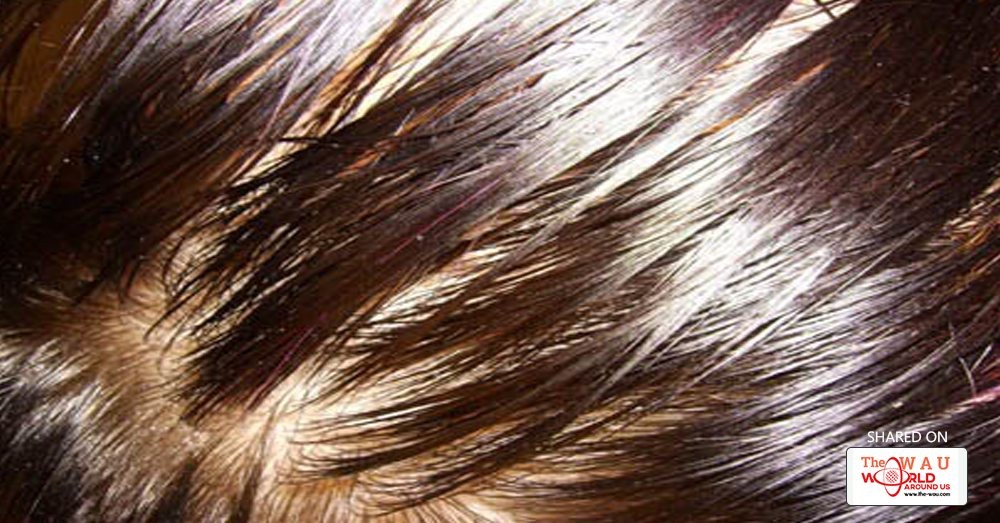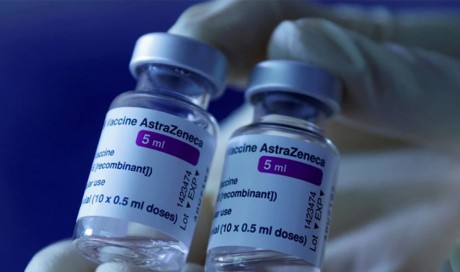Oily scalp is a problematic condition that can cause greasy hair, dandruff, loss of hair or a skin disorder known as seborrheic dermatitis. Excess oiliness, also known as seborrhea, is one of the most common scalp conditions. If you have an oily scalp, you know how frustrating it can be to have hair that feels clean one minute and dirty the next.
What Causes An Oily Scalp?
To quote the celebrity hairstylist and hair thinning expert Angelo David Pisacreta of the Angelo David Salon in New York City: “The reason hair gets oily is because sebaceous glands in your scalp produce excess sebum, which travels down the hair shaft.” Causes For Oily Scalp or excess sebum (the natural oil produced by your scalp) can include genes, hormonal imbalances, humidity, your diet, or even a disease known as seborrheic dermatitis. This overproduction of oil sometimes results in a scaly scalp, greasy crusts on the scalp and even inflammation on the skin.
The scalp can also appear excessively oily if the hair is not washed often enough or if too much of moisturizing shampoos and conditioners are used.
Androgen hormones control the production of sebum, so a hormonal imbalance often leads to over-production. This is common in teenagers, especially teen boys, because androgens are associated with males. Such hormonal imbalances can also occur during pregnancy.
An oily scalp tends to affect men more than it does women; this is because male scalps generate up to 50% more sebum than female scalps. Men are much more susceptible to the adverse effects of an excessively oily scalp, such as dandruff and greasy hair.
How To Get Rid Of Oily Scalp?
Treating your oily scalp is usually possible using home remedies and certain over-the-counter medicated products, although in extreme cases, you may require prescription-strength medications. Oily scalp treatments generally focus on reducing the amount of sebum that your scalp produces while cleansing and removing dead skin cells and other buildup from your scalp.
1. Home Treatments For Oily Scalp:
(i) Apple cider vinegar is a traditional natural healing remedy for oily scalp. Rinsing your hair with a mixture of apple cider vinegar and rosemary or chamomile essential oil can help to reduce scalp oiliness, alleviate dandruff and remove buildup and residue from styling products.
(ii) Aloe is another folk and natural remedy for oily scalp. Mix 1 pint of water, 1/2 pint of aloe vera gel and 20 drops of cypress, juniper or lavender essential oil to make a soothing hair tonic that can reduce excess oiliness and itching of your scalp.
(iii) Tea tree oil is an essential oil extracted from leaves of the tea tree, a shrub native to Australia. Shampooing with tea tree oil is an effective alternative remedy for dandruff caused by oily scalp. Add a few drops of tea tree oil to your regular shampoo and wash as usual. Treat dandruff and alleviate oily scalp conditions by massaging five to 10 drops of tea tree essential oil directly into your scalp.
(iv) To quote Pisacreta: “To treat oiliness at home, shampoo less. That may sound counterintuitive, but it works. That’s because shampoo strips your hair of oil, and the more you use it, the more sebum your scalp produces in response. Although it may be tough at first to break the daily habit, try to wash your greasy hair every other day. Washing every day can irritate your scalp, dehydrate your hair and fade your color.
And when you do wash, shampoo and then rinse twice, because that will reduce any product buildup. Also, avoid highly moisturizing hair products or leave-in conditioners and oils. All of the above not only make hair greasier, but they attract particles from the air, which weigh strands down and make them appear dirtier.
That being said, when you first skip shampoos, your hair will look greasy for those initial few washes as it adapts to producing less oil. Your not-so-secret weapon until your scalp adjusts: dry shampoo. If dry shampoo hasn’t worked for you in the past, you’re probably not using it correctly. The best way to do it is by first brushing your hair, then shaking the can of dry shampoo and misting it just on the roots, keeping the bottle a few inches away from your scalp. Then distribute the product evenly by brushing out your hair again. If you skip brushing post-spritz, the product can clog pores and result in overproduction of sebum.”
2. Medicated Shampoos – Oily Scalp Treatment At Home: Certain medicated shampoos, especially designed for oily scalp conditions, like those containing salicylic acid, tar or selenium, may help to get rid of some oily scalp conditions such as dandruff and seborrheic dermatitis. You may need to shampoo your hair twice, because the excess sebum produced by your scalp tends to destroy the lather that actually helps to cleanse your scalp and hair. You can use a good quality over-the-counter shampoo as a solution for oily scalp to reduce oiliness and buildup of dead skin cells.
3. Prescription Remedies: If the above remedies do not relieve your oily scalp symptoms, you may need to consult a good dermatologist to get a stronger medication such as prescription-strength ointments, creams and gels containing 2 percent ketoconazole, 0.77 percent ciclopirox or 10 percent sulfacetamide to reduce the symptoms of seborrheic dermatitis.
Share This Post












